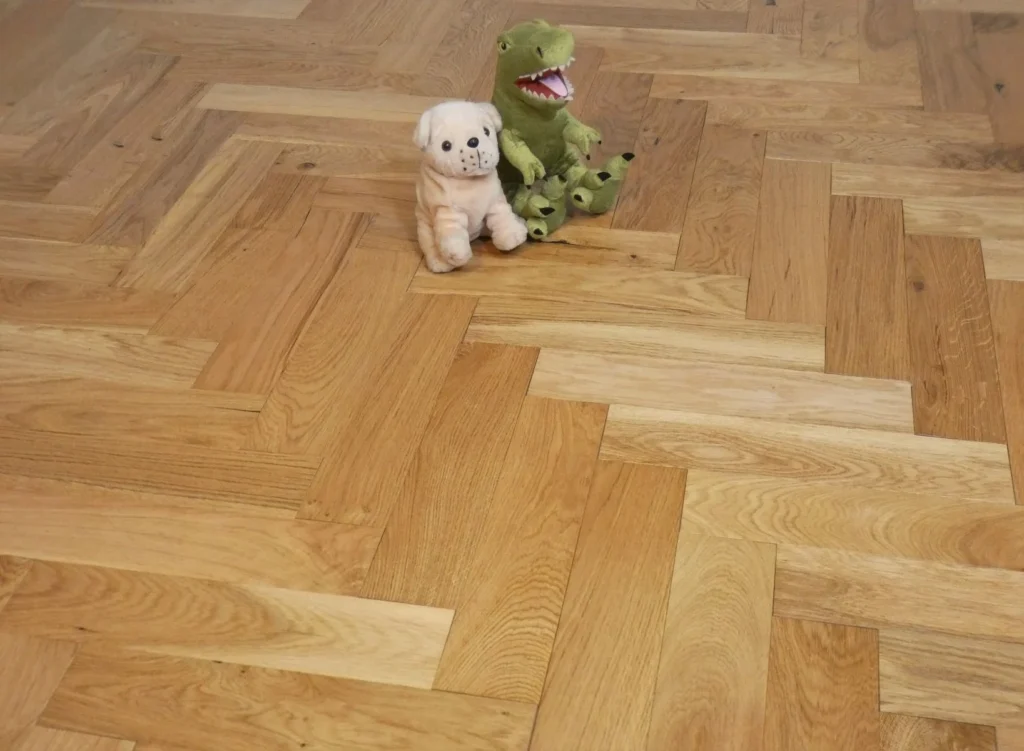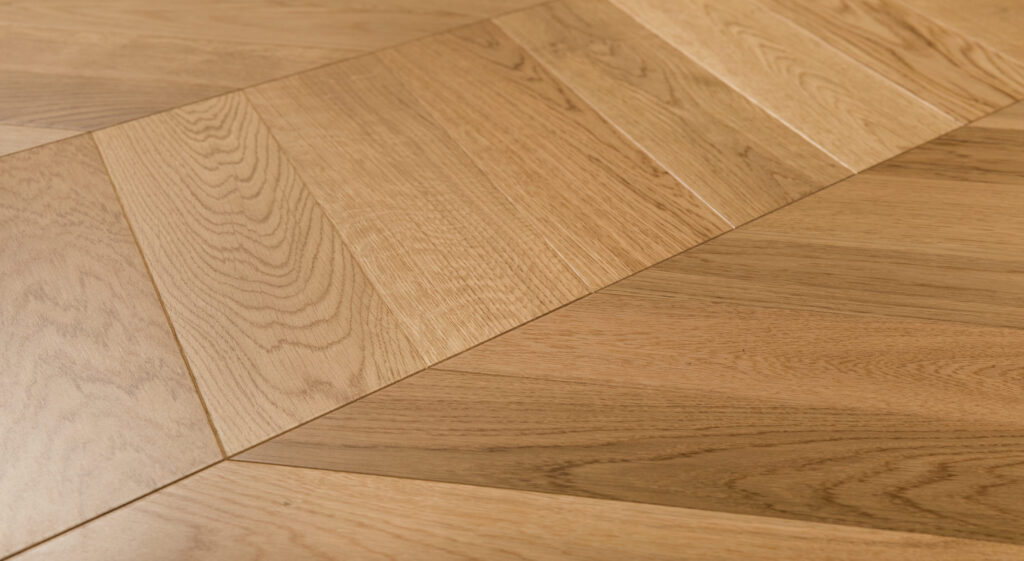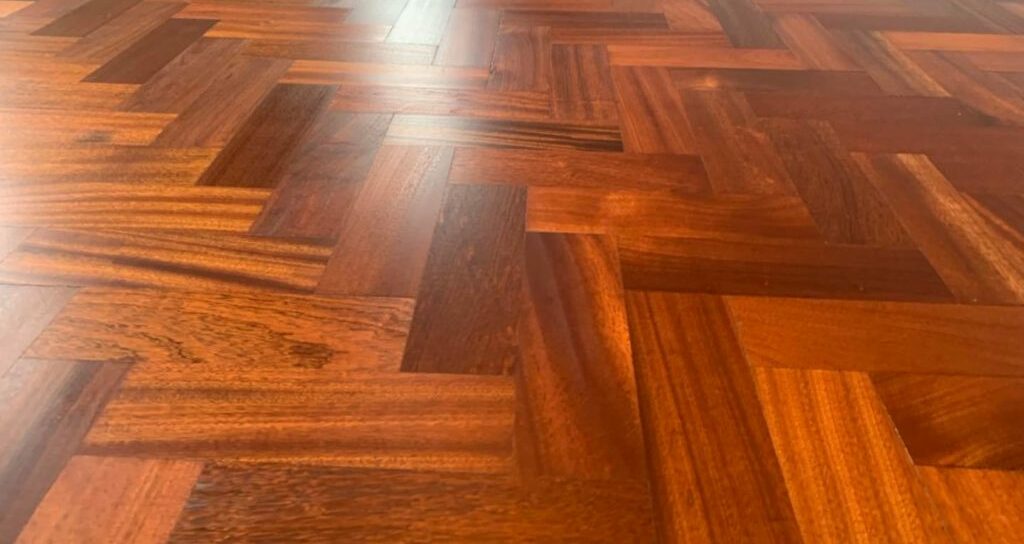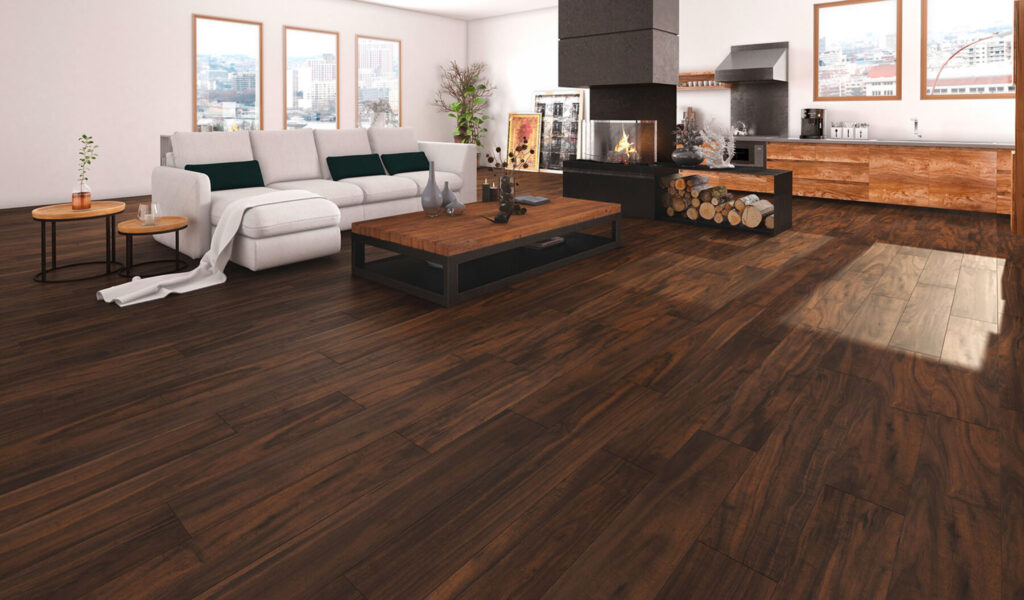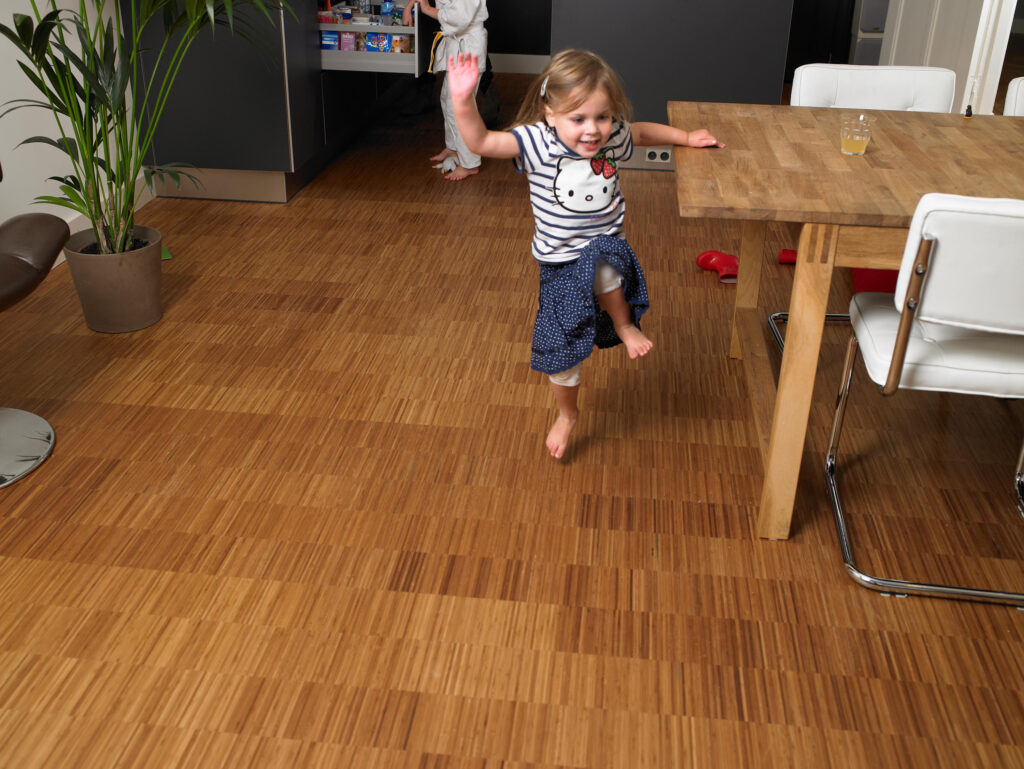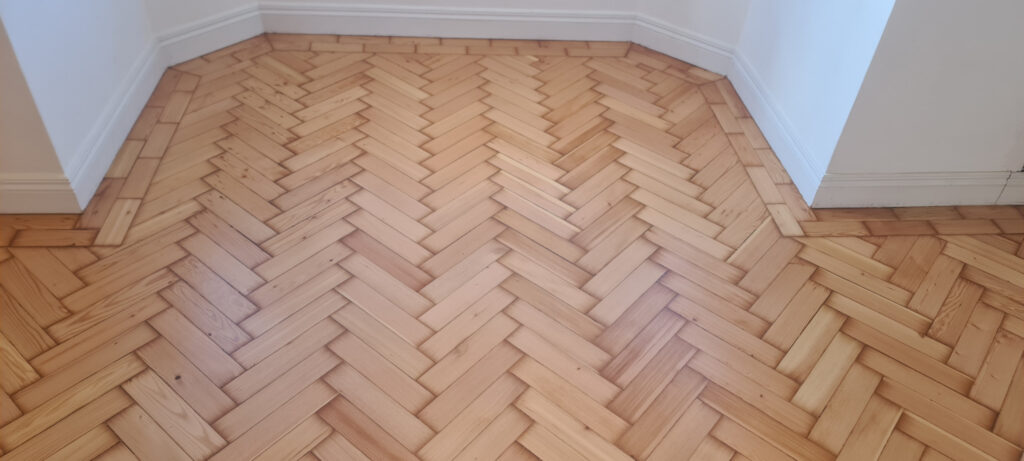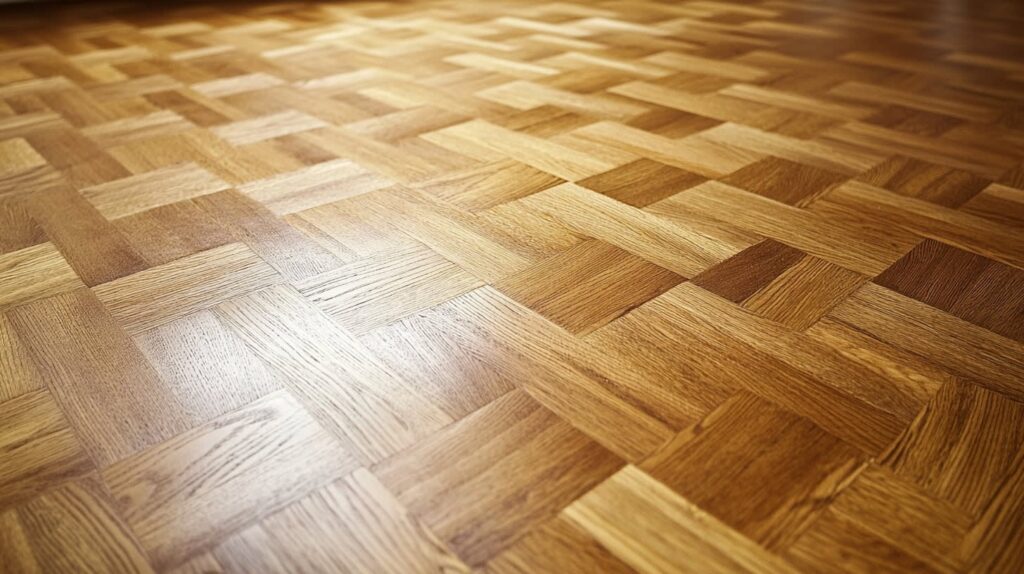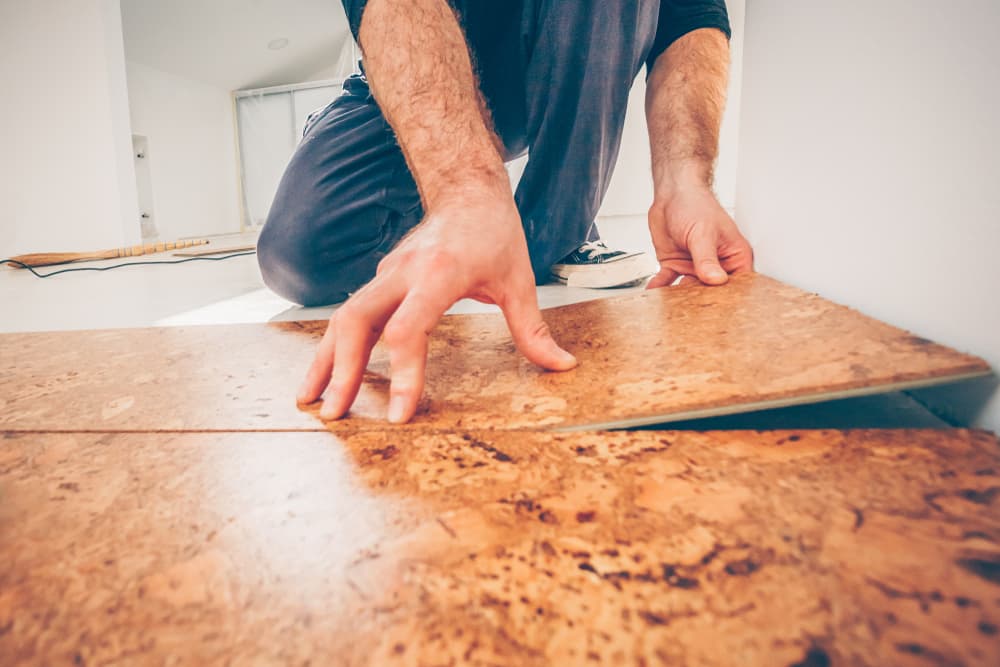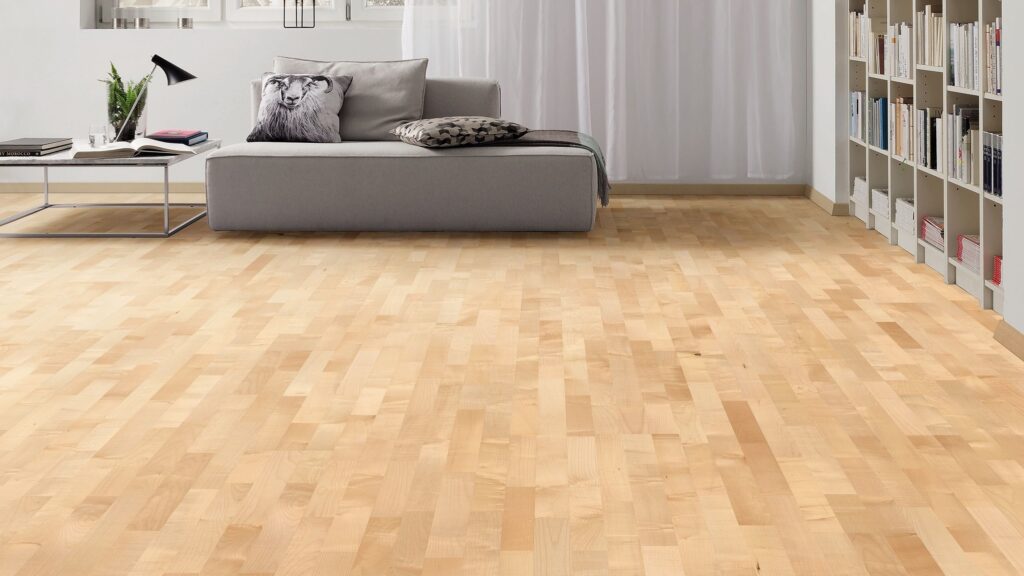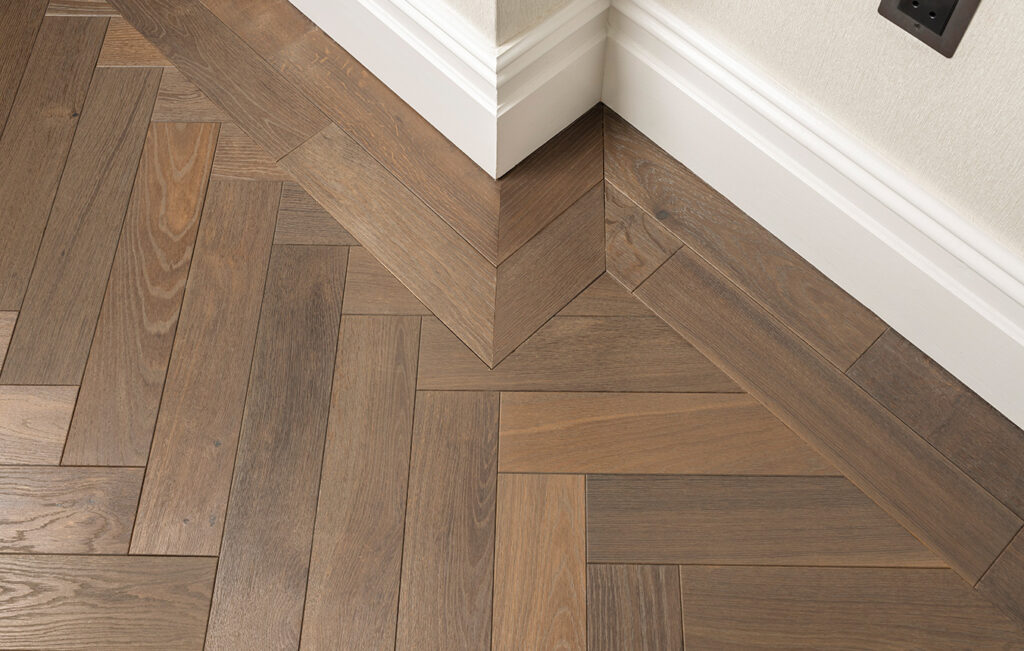Wood Parquet
Buy Wood Parquet: A Comprehensive Guide
Wood parquet flooring is a timeless and elegant choice for homeowners looking to add warmth, durability, and sophistication to their interiors. Unlike traditional hardwood planks, parquet flooring consists of small wood pieces arranged in geometric patterns, creating a unique and artistic floor design.
If you’re considering buying wood parquet, this guide will cover everything you need to know—from types and benefits to installation, maintenance, and cost. We’ll also answer frequently asked questions to help you make an informed decision.
Table of Contents
- What is Wood Parquet?
- Types of Wood Parquet Flooring
- Solid Wood Parquet
- Engineered Wood Parquet
- Laminate Parquet
- Popular Wood Species for Parquet Flooring
- Patterns and Designs in Parquet Flooring
- Benefits of Wood Parquet Flooring
- How to Choose the Right Wood Parquet?
- Installation Methods for Wood Parquet
- Maintenance and Care Tips
- Cost of Wood Parquet Flooring
- FAQs About Buying Wood Parquet
1. What is Wood Parquet?
Wood parquet is a type of flooring made from small wooden blocks or strips arranged in geometric patterns. Unlike traditional hardwood flooring, which uses long planks, parquet offers intricate designs such as herringbone, chevron, basketweave, and more.
Originally used in 16th-century French palaces, parquet flooring has evolved into a modern and versatile option for homes, offices, and commercial spaces.
2. Types of Wood Parquet Flooring
A. Solid Wood Parquet
- Made entirely from hardwood.
- Can be sanded and refinished multiple times.
- Susceptible to humidity and temperature changes.
B. Engineered Wood Parquet
- Consists of a top hardwood layer bonded to plywood or HDF core.
- More stable than solid wood, suitable for underfloor heating.
- Can be refinished a few times.
C. Laminate Parquet
- Not real wood—uses a photographic layer to mimic wood patterns.
- Budget-friendly and easy to install.
- Less durable than solid or engineered wood.
3. Popular Wood Species for Parquet Flooring
- Oak – Durable, versatile, and widely available.
- Walnut – Dark, rich tones for a luxurious look.
- Maple – Light-colored with a smooth grain.
- Cherry – Reddish hues that darken over time.
- Mahogany – Exotic and highly durable.
4. Patterns and Designs in Parquet Flooring
- Herringbone – Zigzag pattern for a classic look.
- Chevron – Similar to herringbone but with sharper angles.
- Basketweave – Interlocking squares for a woven effect.
- Brick Pattern – Simple yet elegant rectangular layout.
5. Benefits of Wood Parquet Flooring
✅ Aesthetic Appeal – Adds elegance and character.
✅ Durability – Long-lasting with proper care.
✅ Easy Maintenance – Simple cleaning routines.
✅ Increases Home Value – Desirable for buyers.
✅ Eco-Friendly – Sustainable wood options available.
6. How to Choose the Right Wood Parquet?
- Room Usage – High-traffic areas need durable wood like oak.
- Climate – Engineered wood is better for humid regions.
- Budget – Solid wood is expensive; laminate is affordable.
- Style Preference – Choose patterns that match your décor.
7. Installation Methods for Wood Parquet
- Glue-Down – Best for concrete subfloors.
- Nail-Down – Used for wooden subfloors.
- Floating Installation – Easy for DIY (engineered/laminate).
8. Maintenance and Care Tips
- Sweep or vacuum regularly.
- Use wood-friendly cleaners.
- Avoid excessive moisture.
- Refinish every 5-10 years (for solid wood).
9. Cost of Wood Parquet Flooring
| Type |
Price Range (per sq. ft.) |
| Solid Wood |
8–8–15 |
| Engineered |
5–5–12 |
| Laminate |
3–3–8 |
Prices vary based on wood species, pattern, and brand.
10. FAQs About Buying Wood Parquet
Q1. Is wood parquet flooring expensive?
A: It depends on the type. Solid wood is the most expensive, while laminate is budget-friendly.
Q2. Can I install parquet flooring myself?
A: Yes, floating and click-lock engineered parquet are DIY-friendly. Glue-down and nail-down methods may require professionals.
Q3. Is parquet flooring good for kitchens?
A: Yes, but choose engineered wood for better moisture resistance.
Q4. How long does wood parquet last?
A: Solid wood can last 50+ years with refinishing; engineered wood lasts 20-30 years.
Q5. Can parquet be used with underfloor heating?
A: Engineered wood is the best choice for heated floors.
Q6. What’s the difference between herringbone and chevron?
A: Herringbone has a broken zigzag, while chevron has straight, angled lines.
Q7. How do I clean wood parquet floors?
A: Use a damp mop with a wood floor cleaner—avoid excess water.
Q8. Can damaged parquet be repaired?
A: Yes, individual blocks can be replaced, or the floor can be sanded and refinished.
Q9. Does parquet flooring fade in sunlight?
A: Yes, prolonged UV exposure can lighten wood—use rugs or UV-protective coatings.
Q10. Which is better: solid or engineered parquet?
A: Solid wood is more durable, but engineered is more stable in humid conditions.
